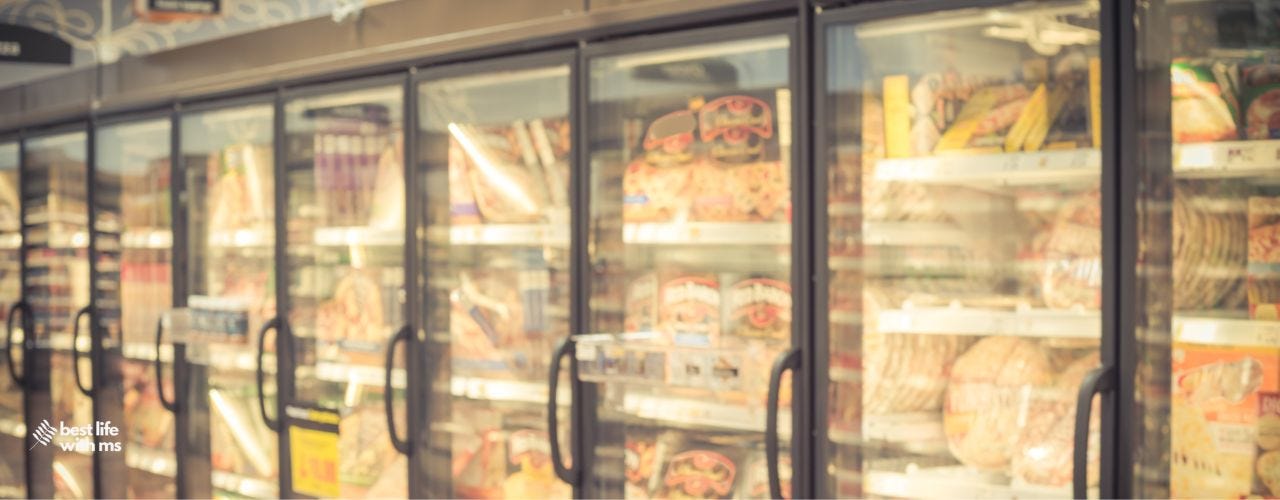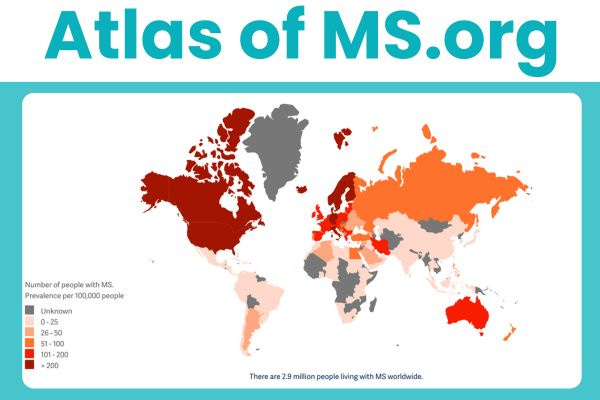
Have you ever had a Twilight Zone experience in a supermarket? Maybe Black Mirror would be more up-to-date.
You walk through aisle after aisle of edible food-like substances and realize something shocking.
There’s no real food there.
Floor-to-ceiling freezers. Shelves with colorful packaging. Attention-grabbing characters saying utter nonsense.
I just want food.
Real food, grown by farmers and gardeners.
My gut tells me something sinister is happening.
Most ‘food’ on supermarket shelves didn’t exist a hundred years ago.
Now, chemical engineers (food scientists) experiment with combinations of ingredients like fats, sugars, salt, flavor enhancers, and additives to create products. They aim for the ‘bliss point’.
The bliss point is where the textures, tastes, and aromas override natural satiety signals.
Forty-four percent of American adults between 50 and 80 are addicted to highly processed food. And according to Scientific American, they resemble drugs of misuse in several disturbing ways.
The Gut Microbiome
We can’t talk about eating real food without first touching on the gut microbiome—the second brain.
This is the unique ecosystem of trillions of microorganisms, mostly bacteria, viruses, fungi, and genes that live in your digestive tract, which is your gut, the small intestine, and your large intestine or colon.
Through the gut-brain axis (known as the vagus nerve, which is a two-way communication loop), these highly influential microbes affect digestion, moods, inflammation, and mental health.
It’s like the Great Barrier Reef
The gut microbiome is a lot like the Great Barrier Reef in Australia. It’s a living, changing ecosystem. It’s complex and fragile, and it likes a diverse range of food. Then it’s happy, and it rewards you.

A healthy microbiome is diverse.
Until you introduce an invasive species like too much sugar, petrochemicals like the ingredients of many processed foods, or antibiotics.
This is akin to a mass bleaching event of our reef.
Disturbance in the intestinal flora has been linked to several neurological conditions, such as Parkinson’s, ADHD, depression, anxiety, and autism.
Fibre—the favourite food of the microbes
Our microbes, mostly bacteria — mostly good bacteria— feed on fibre.
Here’s the funny thing, we can’t digest fibre, but they can.
We feed them and they give us rewards.
1. Anti-inflammatory agents.
When you eat fibre, these bacteria turn it into helpful fats called short-chain fatty acids. They also break down nutrients like tryptophan and bile into compounds that reduce inflammation.
Even healthy plant foods like berries and green tea are turned into useful anti-inflammatory chemicals by your gut.
A healthy gut can act like a natural anti-inflammatory system for your whole body.
2. Training for your immune system.
Importantly, our microbes teach the immune system what is ‘us’ and what is ‘not us’.
From the moment you’re born, the trillions of microbes in your gut start ‘training’ your immune system like a coach trains a team. They help it learn how to recognise harmful invaders (like viruses or bad bacteria) while ignoring friendly signals from food, helpful microbes, or your own cells.
(Like the difference between cow’s milk and our myelin sheath, for example.)
Good bacteria interact with special immune cells in your gut lining, encouraging the development of regulatory T cells, which help keep your immune responses in the Goldilocks zone. Not too aggressive, not too weak.
These microbes also send chemical messages (like short-chain fatty acids) that calm inflammation and promote immune tolerance.
Without a healthy microbiome, the immune system can become confused or overreactive, which is why gut imbalances are linked to allergies, autoimmune conditions, and even some chronic illnesses.
3. Nerve cell protection
The gut microbiomes (when fed fibre) can produce neuroprotective compounds that may reduce the frequency of our MS attacks. It’s good for our nerves to have a healthy gut.
4. Greater happiness
About 90 per cent of our serotonin is made in our gut microbiome —it’s the happy hormone— and a lot of dopamine. These affect our moods and mental health.
Where can I get fibre?
Five serves of different vegetables every day, at least. One serve is half a cup.
Two pieces of fruit.
Add some nuts and seeds, like almonds, walnuts, pepitas, sesame seeds, and sunflower seeds. Sprinkle them on your rolled oats at breakfast. Toss them on your salad at lunch.
Fibre is in whole grains like brown rice and rolled oats.
It’s in legumes like chickpeas and lentils.
It’s in beans. They’re plant foods. I’m thinking black beans. What could be more satisfying than sweet potato, black beans, brown rice, with some tomato and cucumber? Thinking it’s Mexican Monday?
If you’re not sure where to get fibre, download the Fibre Chart.
(Need a meal plan? Got that in the Food Medicine Diet as well.)
Sorry, carnivores, you’re not getting any fibre. Fibre’s not in meat. It’s only in plants.
How much fibre should we eat?
We need about 30 grams of fiber every day.
However, this is not what we’re getting.
In Australia, we’re getting about 20 grams a day
New Zealanders are doing a bit better with 20 to 23 grams
Britain is at 17 grams
North America wins gold from the wrong end (again) at 15 grams
Canada also has 15 grams, which is a big deficit
Source: The British Medical Journal
Remember the atlas of MS?
See all these high-prevalence countries and their big deficiencies in fibre. It might mean something, maybe it doesn’t, but one thing is certain.
Eating enough fibre is one clear way we could all be feeling so much better.
Give your microbes fibre and they will give you rewards.
If fibre were a drug, we’d be all over it.
Julia Belluz, Vox
The good news is research says this can be done fast!
In just a few days, you can replenish your gut microbes.
The trick is to eat real food. Eighty per cent of the time.
That means treats are okay. So, special occasions are fine. Like Easter.
Back in the Supermarket
When I go to the supermarket now, I don’t linger long enough to feel like I’ve stepped into Blade Runner. I’m in and out. That’s another good thing about a high-fibre diet. You keep supermarket time to a minimum.
I’m only there for the chocolate —dark chocolate.
Be well XO
This article is edited from an original on Best Life with MS
About the Author: Danielle Spinks is a medical writer who has had relapsing-remitting multiple sclerosis since 1998. After she stopped her attacks for a decade and returned to running, she created Best Life with MS and the Food Medicine Diet.
The Food Medicine Diet is a short video course that shows the simple choices she made to stop MS attacks, reduce inflammation, and start reversing the damage.







